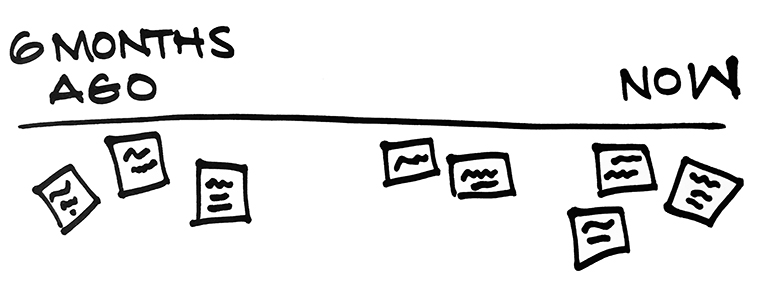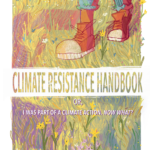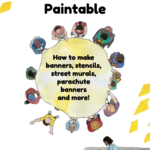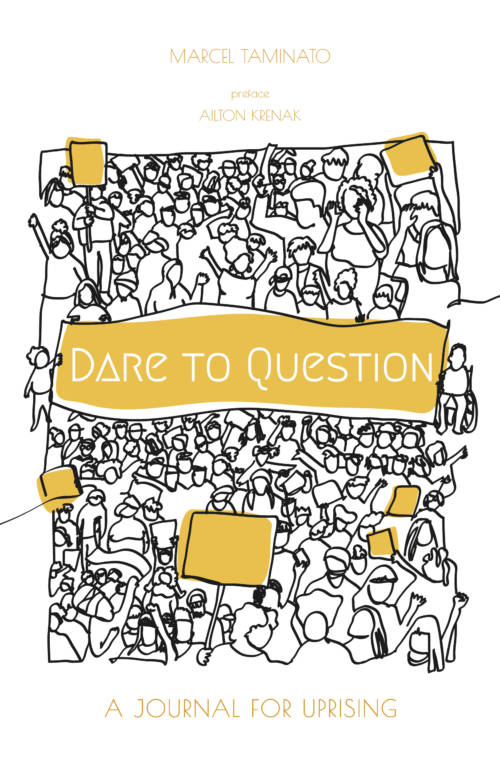Step 1: Facilitate creating a timeline of activities
Start by getting people into small groups, preferably 5 people or less (with people they know less well).
Put up (or have prepared) a timeline that’s on the wall — starting with “6 months ago” and a line and at the other end it says “Now.”
Tell people: “I’d like you to think about the different work you’ve been doing on climate change. What are some of the big activities or events that have happened in the last six months?” (If your group has been unusually busy, you might shorten this timeline.)
Continue to explain: “The goal is not to get every detail, but it is to get a good sense of key moments so the group can get a sense of the overall flow of the work. Then, when you’re ready, post those onto the timeline, so we can see the overall flow of our collective work.”
Give people some way to each activity down separately so they can be posted approximately along the timeline. You can use:
- scraps of paper with tape, or
- post-it notes, or
- a flip-chart at the front of the wall and give people markers.

Give people no more than 10 minutes to do this. The longer you give them, the more things they will come up with and the longer the debrief. Many groups can do this without being too rushed in about 7 minutes.
Step 2: Immediately reflect on what that was like
Ask: “Looking at this timeline, what do you feel?” Look for any surprising feelings. People may notice they do more than they believe they do, or less, or that they meander more than they think, or that they have had more accomplishments than they think. For some people who move constantly, it can be rewarding to see that they have indeed done a lot (“Ah! That’s why I’m so tired!”).
Step 3: Generalise for lessons on the campaign/group
Next, help people look at strategy lessons or insights that come from the list. This is often best done in small groups. Ask the small groups to reflect on:
- What’s smart about what we’re doing?
- How do we work most effectively?
- What are our patterns that aren’t as useful?
After some small group reflection, make a list of insights in a whole-group discussion for all to share the lessons.
Step 4: Application
This activity is a great beginning to a session on group planning. For example, out of the conversation, the group may create a list of things they want to do differently in the future—perfect before brainstorming on new tactics.
After some additional brainstorming/skill-building, you can use the timeline structure to plan future actions. People can put up and create upcoming actions—key actions, events, known key political dates, that get placed on the future end of the timeline. (For more interactive ways to plan campaigns, see the Paper Plate Challenge.)


